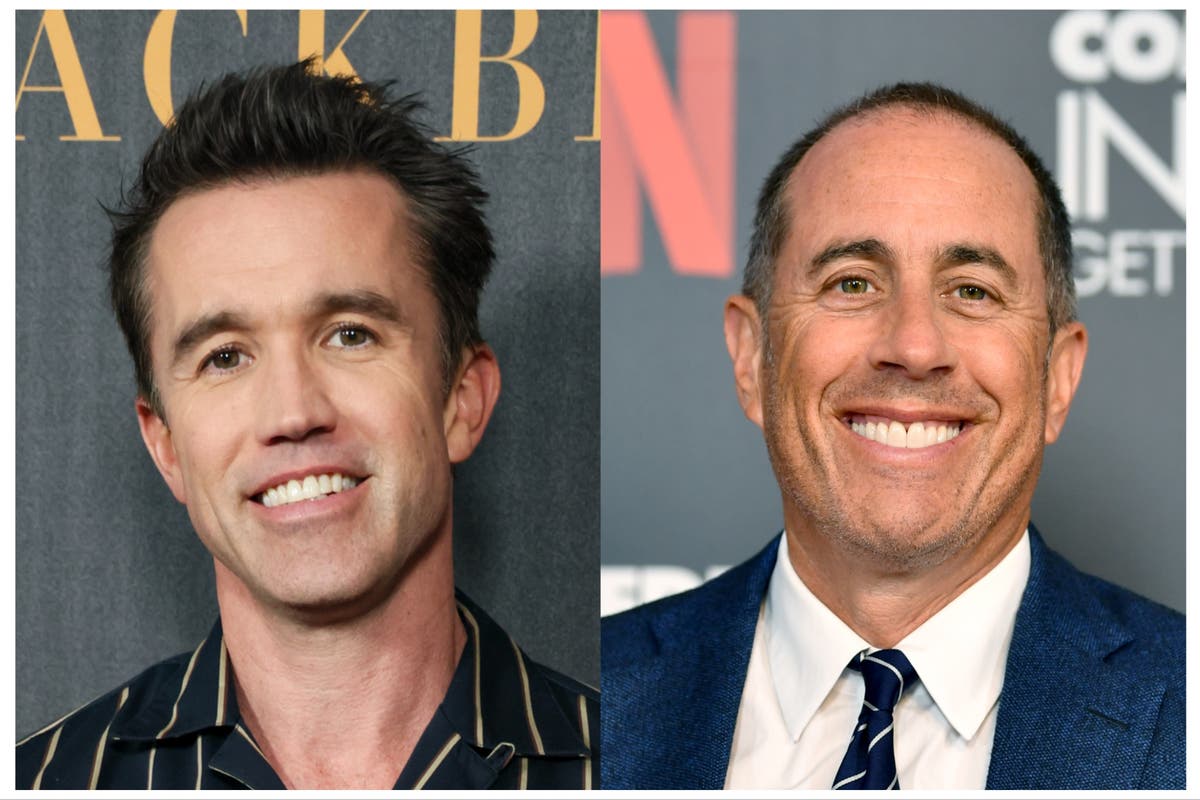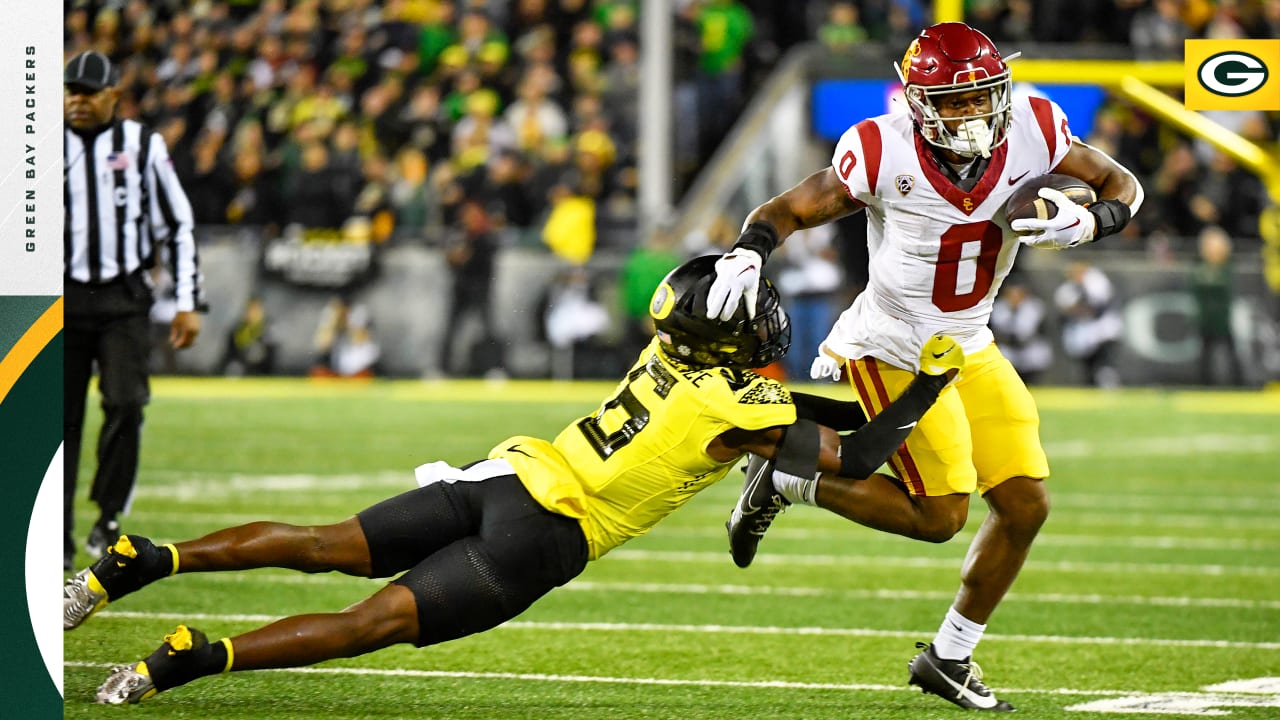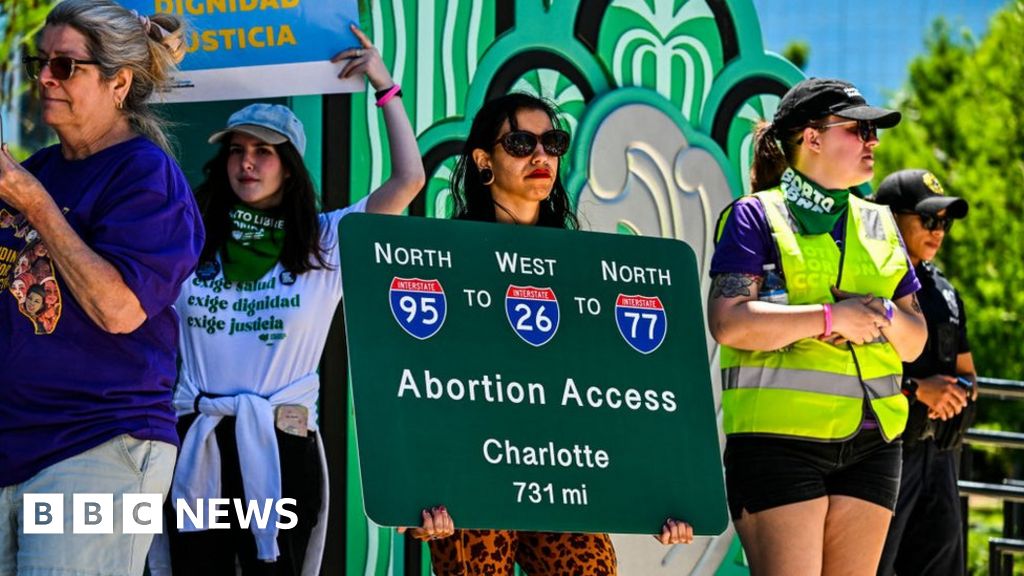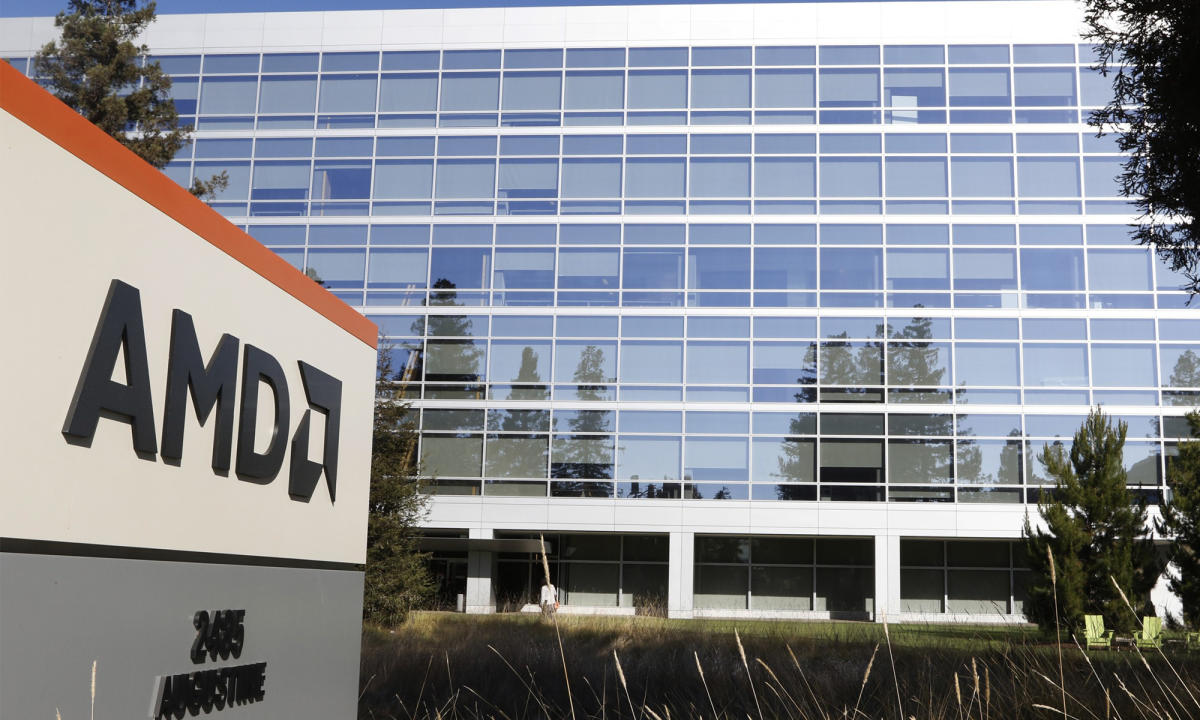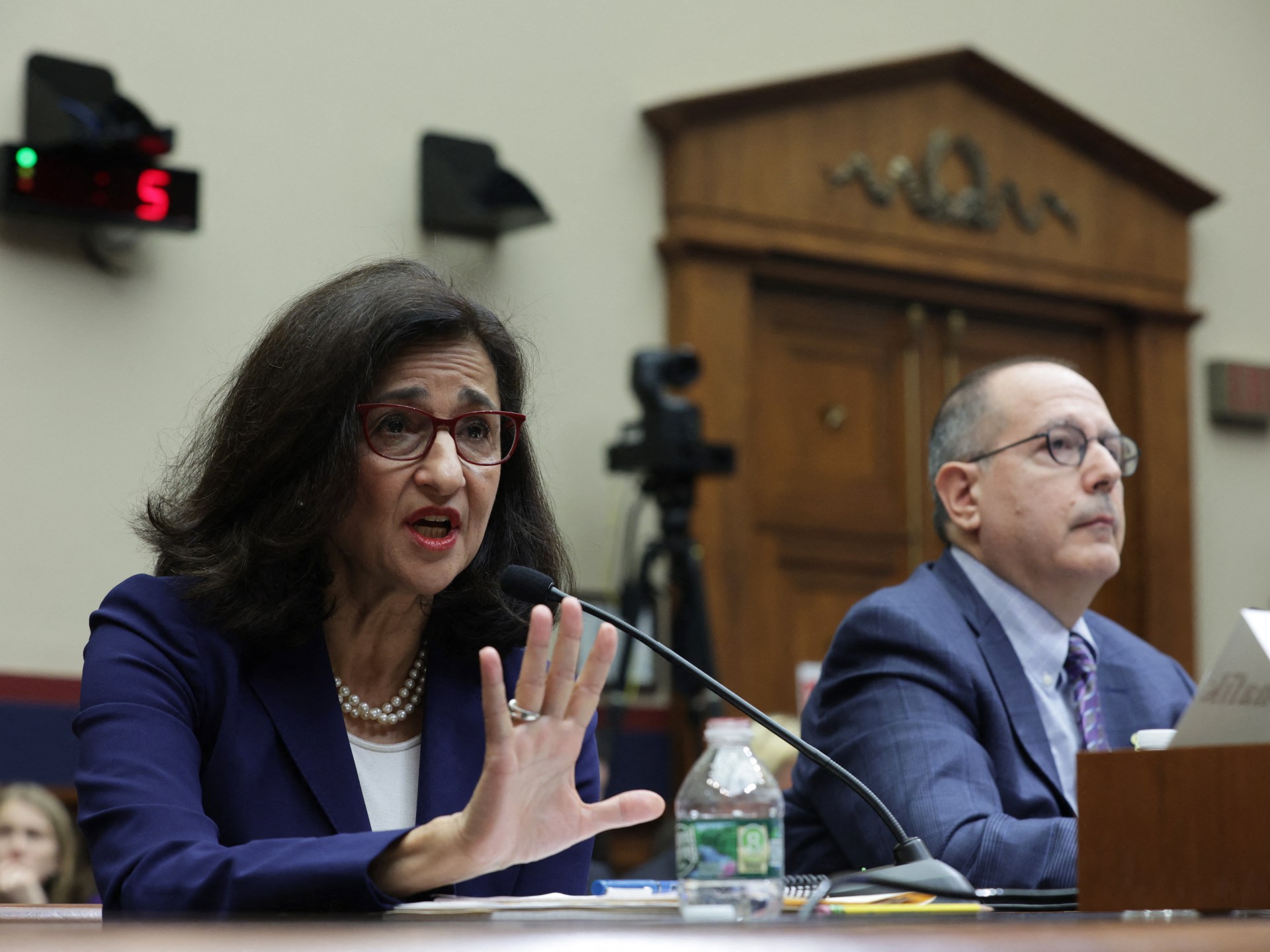
World
Key mining town seized – DR Congo rebels
Satellite operator SES acquiring Intelsat in $3.1 billion deal
Science
SES plans to buy fellow satellite operator Intelsat, in a deal that could help the combined company compete with SpaceX’s huge Starlink …
Study Links Nature’s Diversity to Mental Health : ScienceAlert
Health
By the time you have finished reading this article, at least one species on our planet will be lost forever. Humans rely …
New Florida six-week abortion ban will be felt beyond the state
U.S.
By Holly Honderich in Washington 1 May 2024, 07:48 BST Updated 1 hour ago To play this content, please enable JavaScript, or …
Plastic Is Polluting Our Oceans. Will We Get a Treaty to Cut Plastic Waste?
World
Negotiators working on a potentially historic international agreement to limit plastic pollution wrapped up talks this week in Ottawa, Canada, leaving some …
Meet the ‘most flattering T-shirt ever,’ according to Amazon shoppers — get it for just $19
LifeStyle
While your dresser is probably chock-full of T-shirts, do you ever feel like they’re just a little … meh? Sure, you can …
AMD Stock Drops After Earnings — Is Now the Time to Buy This Top Artificial Intelligence (AI) Stock?
Business
In today’s video, I discuss recent updates affecting Advanced Micro Devices (NASDAQ: AMD). Check out the short video to learn more, consider …
Met Gala 2024 is a fashion feast for the eyes, ‘The Idea of You’ will give you butterflies, Ryan Gosling plays ‘Action Hero Ken’ in ‘The Fall Guy’
Entertainment
Hello friends! I’m Kelsey, your guide to all things pop culture for Yahoo Entertainment, and this is the It List, our weekly …


